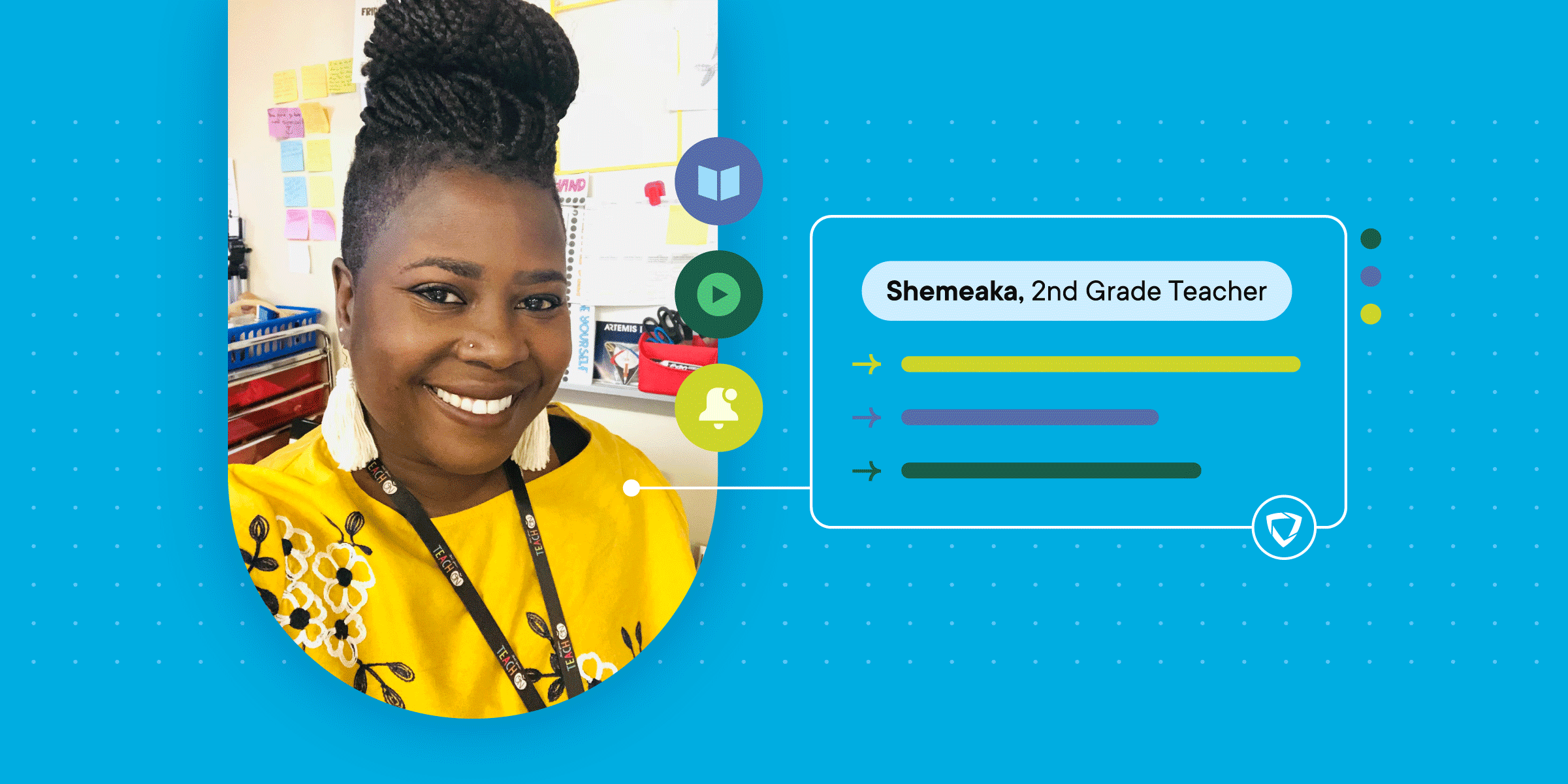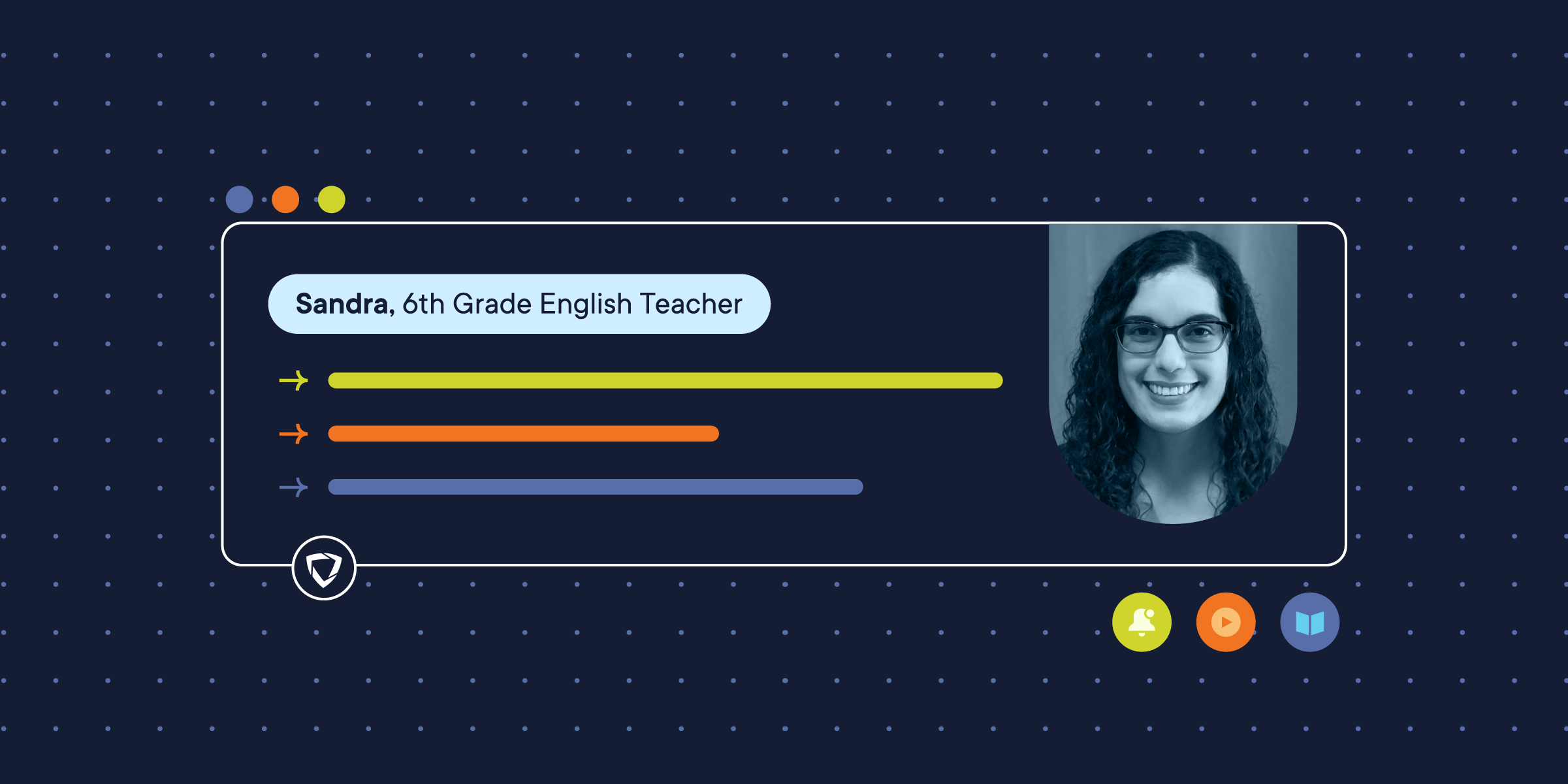
What is the whole child approach to learning?
My first teaching assignment was as a toddler teacher assistant in an early learning program I interned with when I was sixteen years old. I spent a year studying different teaching philosophies, completing coursework on behavioral guidance, learning to create a lesson plan, and assisting with instruction in the toddler program. I observed a lot, and that was probably the single most important part of my training.
Because in those observations, I noticed how immense young children’s natural curiosity is and how they are at constant work trying to figure out how to understand and connect with their environment. I also noticed how much their mood and needs influenced their learning, how they lose focus when they’re tired, and the effects that encouraging behavior and modeling appropriate responses had on them. I learned that teaching was about so much more than nurturing their cognitive development, it was about nurturing them. This was the birthplace of my passion for what I would later hear referred to as the “whole-child approach to learning.”
The whole-child approach to learning is a teaching philosophy that prioritizes all of the developmental and personal needs of students in addition to their academic achievements—in short, the whole child.
How whole-child learning is changing education:
Centering the needs of students beyond academics has been observed to be vital to both their academic and personal success. Consider Dr. Gardner’s “Theory of Multiple Intelligences,” which proposes that there are eight different types of intelligences: visual/spatial, verbal/linguistic, logical-mathematical, bodily-kinesthetic, musical, interpersonal, intrapersonal, and naturalist. Traditional education has focused on the types of “intelligences” that are associated with academic advancement, but whole-child learning philosophies acknowledge the validity and importance of each of these intelligences and how our proficiency in a variety of them creates opportunities for our individual success in school and life.
Through the whole-child approach to learning, children are immersed in learning environments intended to foster a sense of community and encourage interpersonal skills, problem solving, goal setting, creativity, autonomy, and self-accountability. Education is typically fixed on standardized tests, grading, and other means of assessing progress toward rigid measures of academic success. By moving away from this model, students can develop a sense of belonging, an understanding of self, and an awareness of their place in (and impact on) the world around them.
Fostering whole-child learning in your classroom:
If you’re looking to adopt the whole-child learning approach in your classroom, here are a few tips to start:
- Be proactive
- in creating a classroom environment that is productive, respectful, supportive, and encouraging. Communicate classroom expectations, and model respectful interactions and behavior.
- Celebrate diversity
- and encourage respect for other cultures by inviting students and families to share aspects of their cultures and traditions. Post photos, read books, and show videos that depict a variety of cultures and family models.
- Provide guidance
- rather than oversight. Ask questions to encourage students to problem-solve on their own, and keep yourself available to help as needed. Ask “why” a student chose a particular method or process, and help them find any errors in their work on their own. Never tell them that what is different is “wrong.”
- Support differentiated learning
- by using a variety of group sizes for lessons, creating learning stations to encourage students to initiate learning, and giving students the freedom to work at their own pace. Make certain that all students are both sufficiently supported and sufficiently challenged.
- Create a safe space
- that ensures the security of students. Do daily check-ins that encourage teachers to find out the mood, needs, and concerns of students. Perform regular safety drills and inspections, and keep evacuation plans and safety checklists up-to-date and easily visible.
Whole-child instruction leads to students who are happy, healthy, safe, engaged, and challenged, ensuring they are empowered to chase and achieve their goals—be they in school, work, or life. How are you engaging in whole-child learning in your classroom? Let us know in the comments!









